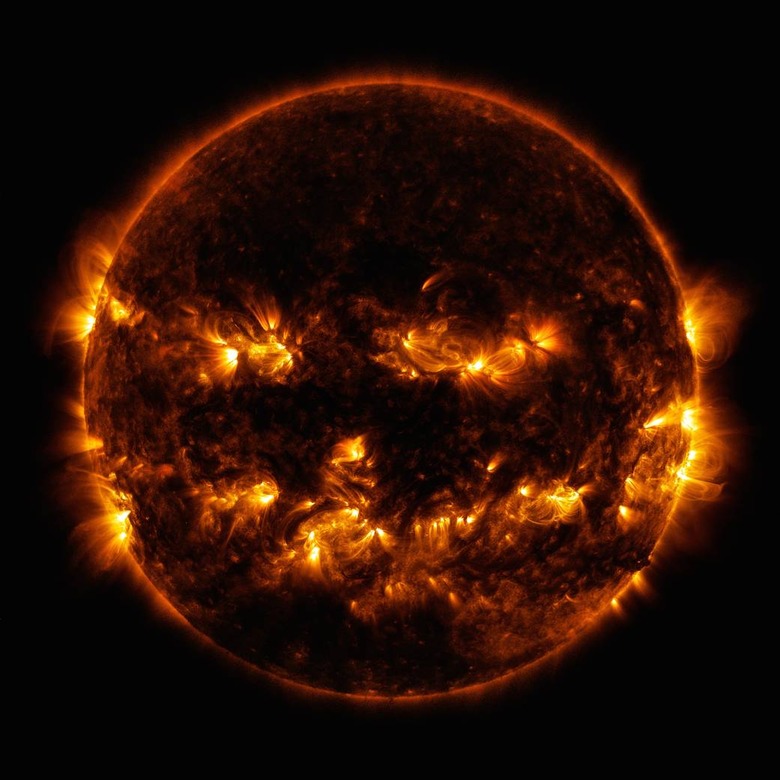The Sun Is Going Quiet As We Dive Deeper Into A Solar Minimum
- Solar activity is waning, and scientists say we're headed into a period of low Sun activity known as the solar minimum.
- The Sun follows a pattern of active and not-so-active periods on a cycle that lasts approximately 11 years.
- The previous solar maximum peaked in 2014, and it was historically mild, suggesting that the solar minimum we're entering may be even quieter than usual.
- Visit BGR's homepage for more stories.
If you gazed up at the Sun today (indirectly, to avoid severe eye damage) it would look like it's always looked. It's big, incredibly bright, and warm. Scientists, on the other hand, see the Sun in an entirely different light (pun partially intended), and based on their observations so far in 2020, our star is going quiet.
Researchers that keep an eye on Sun activity — like the fine folks at Spaceweather.com — have noticed a dramatic decrease in the number of quiet days so far this year. The Sun has already racked up over three months' worth of days without a single sunspot, which is a huge indicator that the Sun is entering a period known as the solar minimum.
We don't really notice it from our place here on Earth unless we're looking for it with special instruments, but the Sun isn't the same year after year. In fact, it changes quite a bit over the course of a decade. On average, a solar cycle takes 11 years, shifting between the solar minimum — characterized by a decrease in sunspots, solar flares, and magnetic field activity on the Sun — and the solar maximum, which is the exact opposite.
The most noticeable change for us here on Earth is increasing aurora activity during the solar maximum, as well as an increased chance of satellite communication disruptions when the Sun launches charged particles in our general direction.
Solar minimums aren't typically anything to worry about. The energy output of the Sun is almost indistinguishable during periods of solar minimum, with a dip of a fraction of a percent at most.
There has historically been speculation regarding whether a particularly deep and extended solar minimum called the Maunder Minimum in the 1600s contributed to the Little Ice Age, which was a period of colder-than-average temperatures across both North America and Europe, but the evidence is weak. It's more likely, some scientists suggest, that the temperature dip was linked to volcanic activity rather than a quiet solar period. Overall temperatures are believed to have dropped just 1 degree on average during that mini "ice age."
You'll probably still see talk of scientists "warning" us about a solar minimum, especially since the previous solar maximum peaked in 2014 was historically mild, but generally speaking there's no reason to be concerned that this particular cycle will be anything out of the ordinary.
